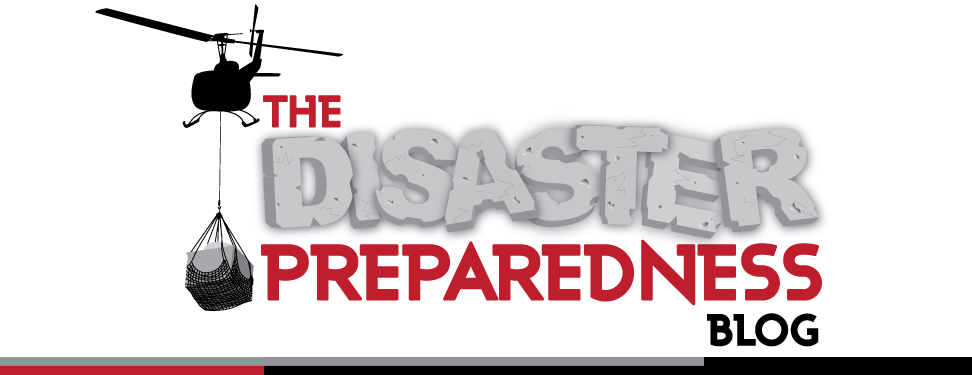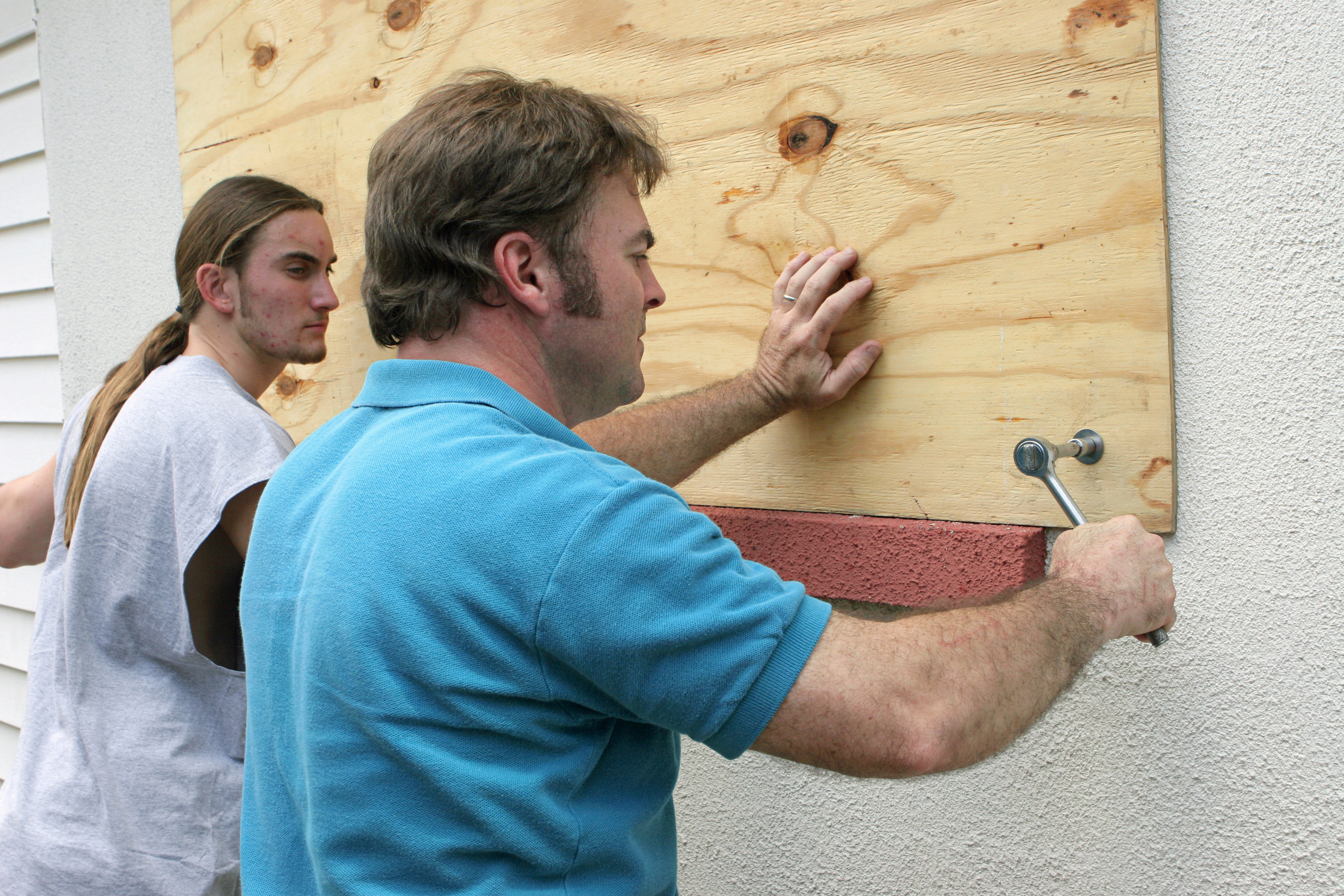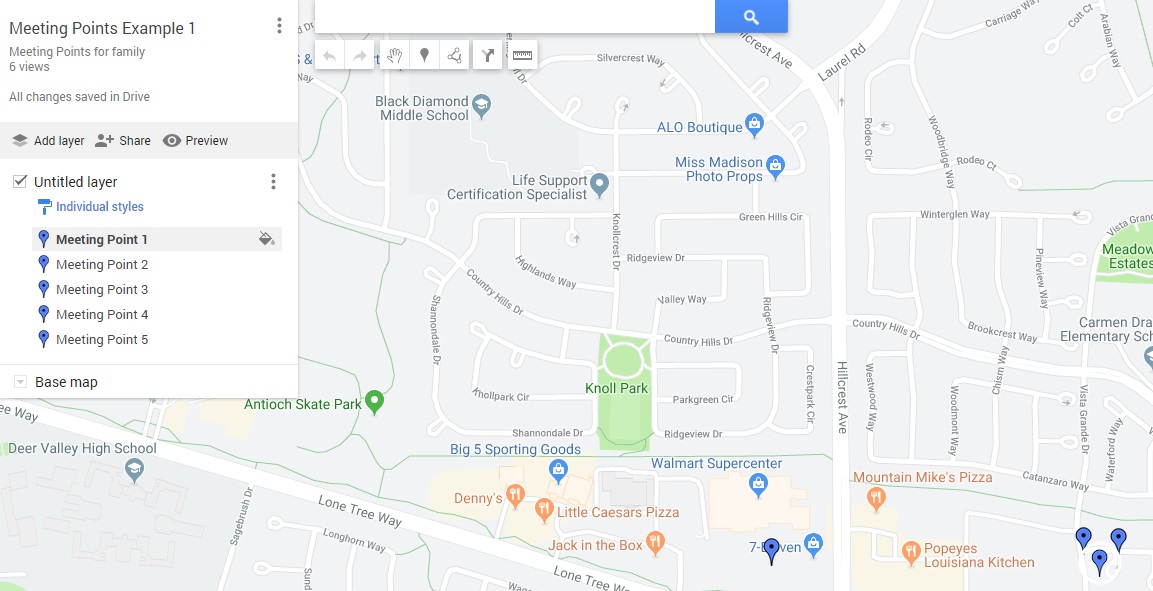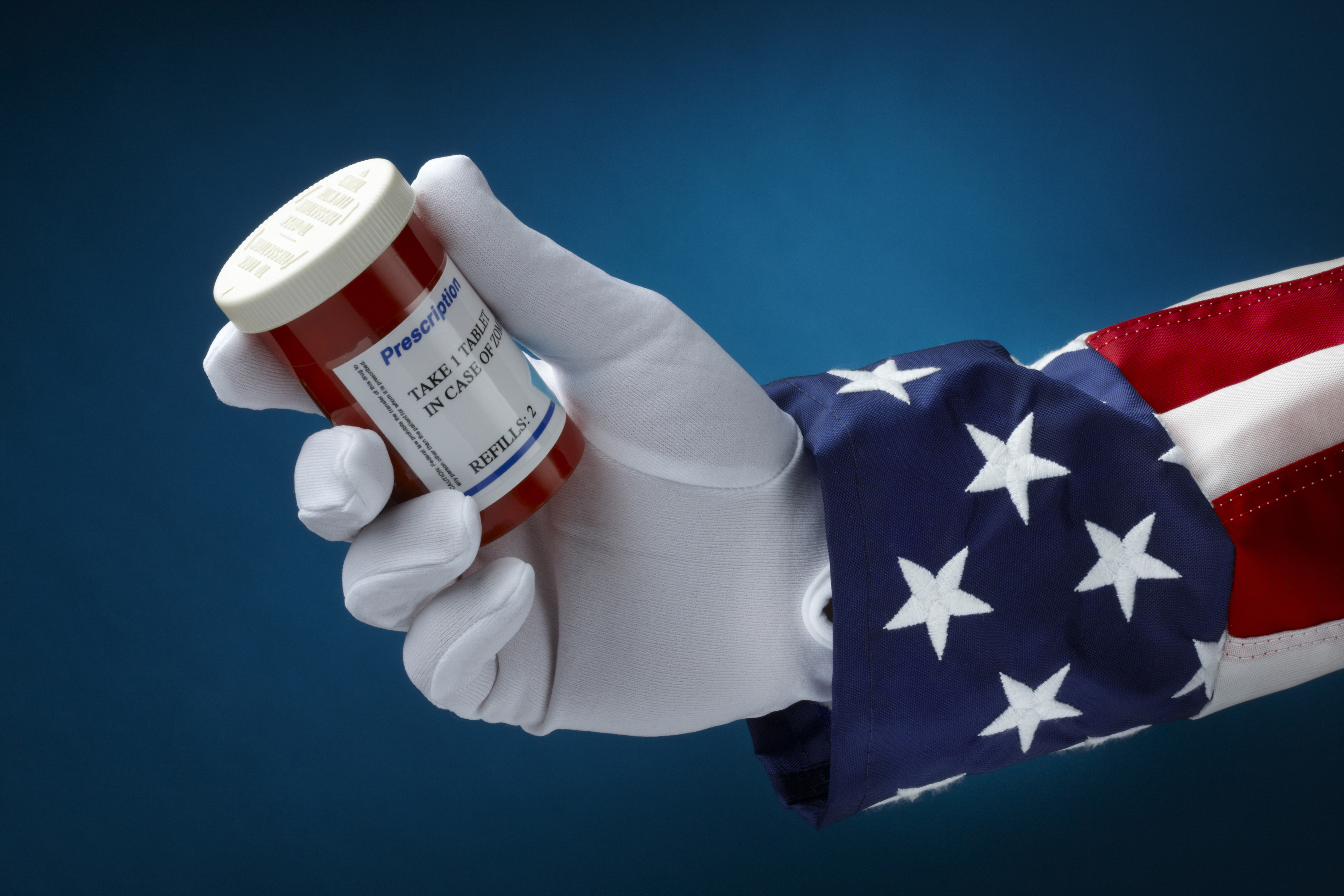Want to know the top three things that scare me?
 Wednesday, July 1, 2020 at 11:42AM | |
Wednesday, July 1, 2020 at 11:42AM | |  Email Article
Email Article The Top Three Disasters That Scare Me
As a prepper and a preparedness professional there are still things that scare me. Few things do, but there are some things that even if you’re prepared for can still be a nightmare. What are those three things? I’ll tell you.
- A Pandemic (sorry but this one COVID-19 Isn’t it – I’ll explain why).
- A HEMP (High-Altitude Electromagnetic Pulse).
- Civil Unrest (Civil War).
Pandemic
 Coronavirus
Coronavirus
Yes, a pandemic scares me. I watched as this one unfolded in China and eventually spread around the globe. I watch China and other parts of Asia for potential outbreaks because throughout history, most of the diseases have started in China and Asia before spreading.
The good news – I saw this one coming as it was evident China was unable to control the spread. The Bad news – the official news coming out of China and the WHO (World Health Organization) was unreliable and untrust worthy. The only thing I knew for certain was that there was no way SARS-CoV-2 wasn’t airborne and that it was being spread human-to-human during a time when both China and WHO denied this. I made this conjecture due to the amount of video evidence e leaking out of China.
With this I started asking polls on Twitter – (not exactly reliable, but I was able to get what I was looking for). I was mostly asking:
- Have you made any changes to your routine based on the Coronavirus?
- Has your company made any changes or implemented any pandemic planning based on the Coronavirus?
While not a scientific poll I can tell you this. Only a very small handful of respondents to the poll started changing up their own routines. And, zero respondents stated the organizations they worked at started implementing any changes. I asked these questions back on January 27, 2020. I also started asking how prepared you were for Supply Chain disruptions on this date.
On February 5th I commented cracks in the global supply Chain were starting to show already. The next day, Qualcomm warned that the outbreak would impact the smartphone industry. Businesses like Nike, Adidas, and Tesla already reported that they were being impacted from China based exports of supplies.
China also invoked their Force-Majeure (unforeseeable circumstances that prevent someone from fulfilling a contract) contract clause on their LNG contracts and refused delivery.
As of January, 21th the U.S. reported their first official confirmed case. Three days later January 24th the U.S. confirmed its 2nd known case. The point here is, I was one of the few people that watched this unfold from the beginning and I was telling people to dust off and look at their Pandemic Plans or get started creating one on January 22nd.
One of the things that was hard to know (and still know) was the death toll or mortality rate coming out of China. There is still some disturbing information around this, such as the 2 million drop of Chinese phone subscribers. Phones are used for extensive tracking in China, including the need to access government resources like healthcare.
With the unconfirmed and unreliable data coming out of China it appeared that the mortality rate was high. This could still be the case, but it is nearly impossible to confirm at this point, and we may never know the truth when it comes to China.
What we did and do know now is, it spreads easily and quickly, and asymptomatic people can be infected and spread it without ever knowing they had it. But the mortality rate remains very low. Even if you are infected you have a better than 98% chance of surviving. It is this reason alone that I am not too worried about COVID-19.
It’s still too early to tell in the long-term if this will change. As there could be a significant mutation that makes it more deadly, or a second more significant wave causes an increased mortality rate. Though it is unlikely the disease will become more deadly.
Ultimately the reason why I said this isn’t the pandemic I fear is due to the low mortality rate. We don’t see vast amounts of people dying in the streets, hospitals are not overwhelmed, and funeral homes are not over-run. Granted in some places like NYC some of these things were seen, it was not the overall result around the United States. If these things were occurring the impact would have been far worse.
Unfortunately, we did have self-imposed government shutdowns lasting over what I would deem to be a long period. Initially the shutdowns along with a shelter in place were announced to be for fifteen days initially. Fifteen days turned into three months, and as I write this, some areas (including where I live) the shutdowns are being extended.
When this is over, this will likely be the biggest single disaster impacting the United States from an economic standpoint. We’ve already seen countless small businesses shut their doors permanently. Several large businesses that were already facing economic troubles also permanently closed or filed for bankruptcy protection to restructure.
Interestingly, it is known that when small businesses close for just ten days or longer, due to a disaster they tend to go out of business. Kind of makes you wonder doesn’t it?
HEMP or High-Altitude Electromagnetic Pulse
 Starfish Prime (Credit: Defense Atomic Agency)
Starfish Prime (Credit: Defense Atomic Agency)
The next event that scares me is the use of a HEMP device, Super-EMP, or even a large-scale solar flare causing a geomagnetic storm that impacts our atmosphere. Any of these three events would essentially have the same impact on the United States, which could result in the complete collapse of the electrical grid.
How likely is it? Great question. Well, if you research the Carrington Event from 1859 it will provide you a glimpse into the potential of what could happen to our highly connected, electrified world. In addition, there have been similar albeit smaller events that have impacted telecommunications and the Canadian electrical grid.
In addition to this natural phenomenon one of the side effects of setting of a nuclear weapon is an Electromagnetic Pulse that can both temporarily or permanently damage electrical devices and the electrical grid. The scary part is all it would take is just one, well placed and well-timed explosion of a nuclear device in the atmosphere above the United States to impact the entire Continental U.S.
There has been evidence of again the Chinese developing a super-EMP weapon. I have been hearing of them working with and paying North Korea to develop them as far back as late 2001. More recently however evidence suggests that the Chinese have satellites that they can utilize to the same effect. This gives the Chinese plausible first strike capability to take out the entire United States in one shot.
The impact would be devastating. The entire electrical grid would immediately shut down. No running water, No TV, Radio, No internet, No Gas. Anything electrical based would grind to a sudden halt. But that is just the beginning.
It is estimated that it could take several years before the electrical grid could be repaired to full working capacity again.
Why it scares me? A large swath of the population isn’t expected to survive, and the chaos would begin almost immediately. Certainly, on the first or second night.
NOTE: The similarities between the Coronavirus and Starfish Prime detonation is not lost on me.
Civil Unrest
Civil unrest on a wide scale throughout the country is already happening. The Country is divided in several ways and both outside and internal actors are further influencing the certain factions increasing that divide.
While the potential for civil unrest (or more unlikely Civil War) has existed for some time several recent factors had increased the odds for it happening. First, due to the pandemic and subsequent shutdowns millions of people have lost their jobs, can’t meet their monthly bills, are facing difficulties buying enough food to feed their families, and increased stress.
Add to that real and perceived beliefs around, political differences, decline in long-held American values, earning and wage gaps, socialism vs capitalism, all the kindling was there. All it needed was the spark to kick things off.
It could have been nearly anything, but that is what we got with the death of George Floyd. No matter where you stand on any of the issues his death never should have happened. Even if he was actively resisting arrest and a carotid choke hold was warranted, there is zero excuse to do it to the point of death. That aside, the outcome is civil unrest and the movement has clearly been high jacked to an agenda that goes beyond policing issues.
It quickly moved to rioting, looting and wanton destruction of not just businesses but now threatens the basic fabric and building blocks of a nation. While no nation is perfect and has its problems and needs correcting from time to time, the future the socialist left wants will surely make things worse if it occurs.
In the end, it is not really the civil unrest itself that worries me, but the potential state that might rise if the so-called Democratic-Socialists and Marxism wins. It will end badly as it always does.
So, these are the three scenarios that scare me. What scenario(s) or disasters scare you?













